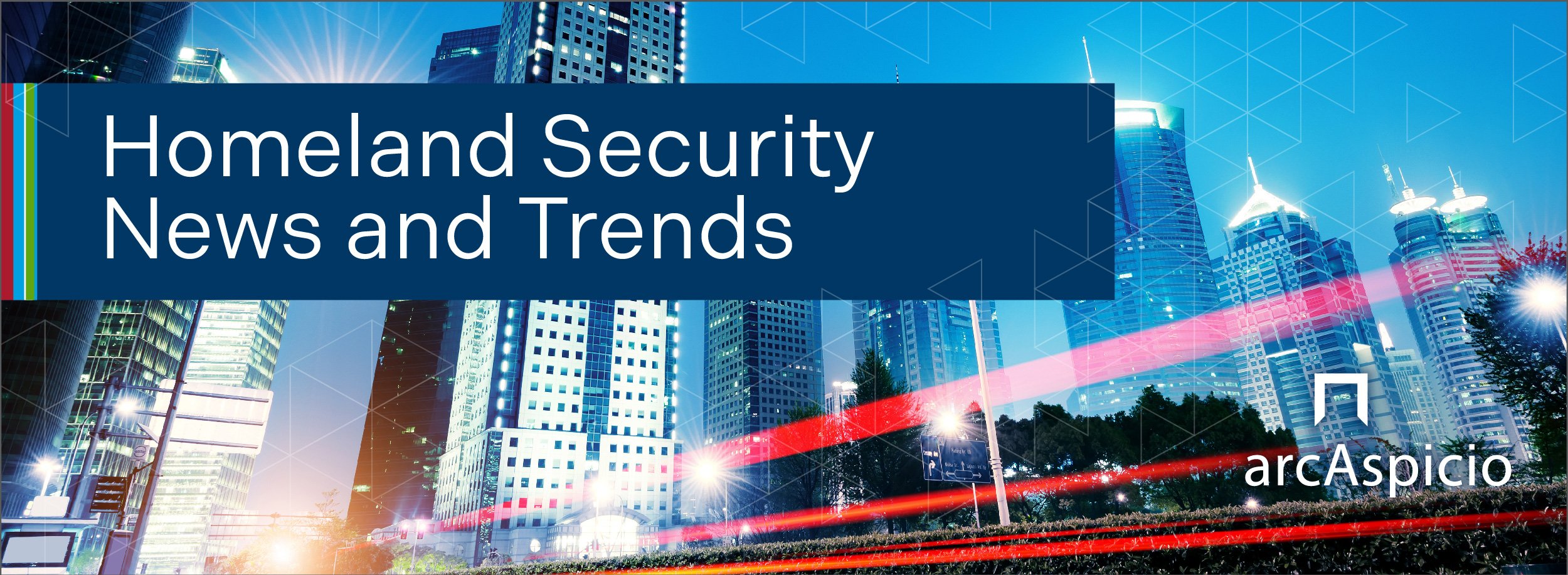
Innovation and Ideation for Success: Innovation Labs
Internal Innovation Labs are key to enhancing innovation and collaboration in Federal agencies. They allow employees the opportunity to engage in creative processes, such as brainstorming, design thinking, and creativity, which create solutions and spur innovation. These techniques allow organizations to solve complex problems and implement solutions efficiently.
Some examples of Federal agencies that use Innovation Labs are the U.S. Department of Homeland Security (DHS) and the Food and Drug Administration (FDA). DHS houses the Procurement Innovation Lab. This Innovation Lab helps in the experiment and testing of innovative strategies for procurement by scheduling weekly “Sprint Chat” meetings about current projects, engaging with the Integrated Project Team to assist with strategies, submitting one-pagers describing innovation techniques and the expected benefits, and valuing client feedback.
FDA launched its Innovation Lab in 2015, following an iterative approach to developing and evaluating innovative healthcare solutions. The FDA emphasizes collaboration with the public and private sectors to meet shared public health goals and address scientific and technical challenges. The FDA is creating a new operating system for innovation by modernizing clinical trials, expanding its capacity to analyze complex real-world data streams, and working across its medical product centers with partners to create innovative trial designs. This patient-centered endpoint will make clinical trials more efficient.
Like DHS and FDA, many other agencies have implemented this process. When agencies create and design an Innovation Lab, they must consider several important steps. These steps include securing funding, defining clear goals, deciding whether ideas should come from external or internal sources within an agency, and determining the specific focus of the lab, such as solution development, problem-solving, or fostering innovation among stakeholders.
These elements are crucial in establishing and operating an Innovation Lab, facilitating its rapid growth. By incorporating these key components, Innovation Labs can create the perfect environment and tools to thrive. As agencies integrate them into their success and growth, the right environment will allow these labs to offer limitless opportunities and advancements to those who choose to implement them.




















